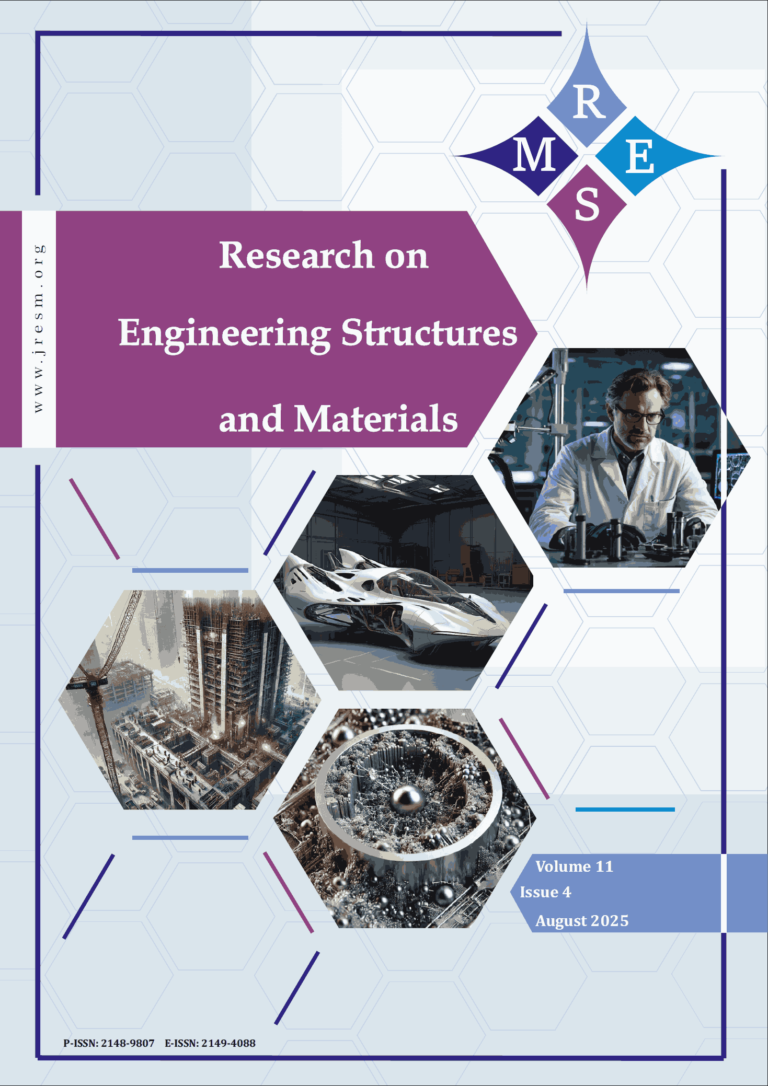Foam concrete, as a lightweight and environmentally friendly building material, has broad applications in construction, insulation, and other fields. However, issues such as uneven pore structure and insufficient mechanical properties limit its performance and wider adoption. To solve these problems, this study investigates the effects of three foam stabilizers (HPMC, XG, PAM) on foam stability, compressive strength, and dry density of foam concrete through single-factor and orthogonal experiments. A composite stabilizer formulation (HPMC 0.1%, XG 0.06%, PAM 0.03%) is proposed, significantly enhancing the pore structure, stability, compressive strength, and cost-efficiency of foam concrete. The optimized formulation achieves a 28-day compressive strength of 4.45 MPa, representing a 35.26% improvement compared to single stabilizers, while reducing the overall stabilizer amount. Water absorption and SEM pore size analyses confirm the optimized pore structure, with pore sizes mainly concentrated in the 0-400 μm range, effectively reducing large pores. These findings provide critical insights into enhancing the mechanical properties and durability of foam concrete, offering a practical approach to developing more efficient, cost-effective, and sustainable building materials with broad engineering application potential in construction and thermal insulation systems. For future applications, the proposed composite stabilizer formulation could be adapted for use in high-strength foam concrete and specialized construction areas, such as fire-resistant building materials, to optimize performance and reduce costs.
